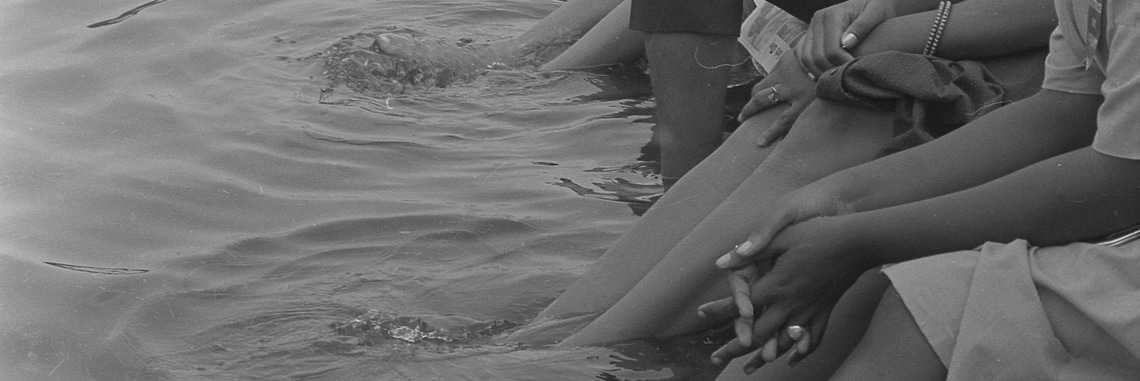
Nature, Cosmos, and Connection
The Great Chain of Being
Tuesday, February 16, 2021
Francis would call creatures, no matter how small, by the name of “brother” or “sister,” because he knew they shared with him the same beginning. —Bonaventure, The Life of Blessed Francis
I would like to reclaim an ancient, evolving, and very Franciscan metaphor: the Great Chain of Being. This image helps us rightly name the nature of the universe, God, and the self, and to direct our future thinking.
Scholastic theologians tried to communicate a linked and coherent world through this image. The essential and unbreakable links in the chain include the Divine Creator, the angelic heaven, the human, the animal, the world of vegetation, all water, and planet Earth itself with its minerals. In themselves, and in their union together, they proclaim the glory of God (please read Psalm 104 and Daniel 3:51-90, which make this explicit) and the inherent dignity of all things. This became the basis for calling anything and everything sacred.
What some now call creation spirituality, deep ecology, or holistic gospel actually found a much earlier voice in the spirituality of the ancient Celts, the Rhineland mystics, and, most especially, Saints Francis of Assisi (1182–1226) and Bonaventure (1217–1274). Women like Hildegard of Bingen (1098–1179) communicated it through music, art, poetry, and community life itself.
The Great Chain of Being of the early Middle Ages was a positive intellectual vision not defined by being against another or having enemies, but by the clarity and beauty of form. It was a cosmic egg of meaning, a vision of Creator and a multitude of creatures that excluded nothing. The Great Chain of Being was the first holistic metaphor for the new seeing offered us by the Incarnation: Jesus as the living icon of integration, “the coincidence of opposites” who “holds all things in unity” within himself (Colossians 1:15–20). God is One. Each one of us is a reflecting mirror of that wholeness and so is everything else. Science now has at least a couple of words that try to describe the same in the whole universe: holons and fractals.
Sadly, we seldom saw the Catholic synthesis move beyond philosophers’ books and mystics’ prayers. The rest of us Catholics often remained in a fragmented and dualistic world. We have been unwilling to see the Divine Image in those we judge to be inferior or unworthy: sinners, heretics, animals, things growing from Earth, and the Earth itself. Once the Great Chain of Being was broken, we were soon unable to see the Divine Image in our own species, except for people just like us. Then it was only a short time before the Enlightenment and modern secularism denied the whole heavenly sphere—a denial unknown in any culture except the recent West—which finally led to a denial of Divinity itself. The chain fell apart.
Reference:
Adapted from Richard Rohr, The Wisdom Pattern: Order, Disorder, Reorder (Franciscan Media: 2001, 2020), 148–149.
Story from Our Community:
I find myself more deeply connected to Nature during this pandemic. I pick dandelions, taste honeysuckle, sit by the river and listen to the song of its brown, muddy waters and then sing a song of my own. I come home from my outdoor wanderings with a heart full of gratitude for this beautiful world that gives and gives and gives. I pray that we will become better caregivers for the Earth. —Diane B.

